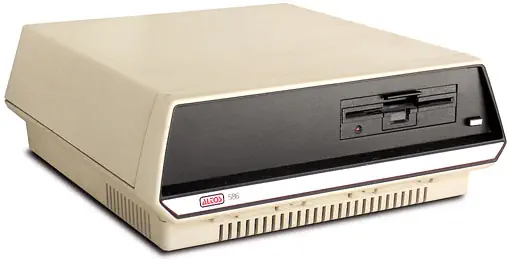The Altos 586 Multi-User Desktop computer
The Altos 586 is an avanced, multi-user computer system with support for up to six users logged into six different accounts at the same time. The Altos 586 ran XENIX, a Microsoft version of the popular UNIX operating system. Optionally, single user CP/M or MP/M-86 could be installed instead.
The case of the machine is sculpted plastic, other manufacturers often chose for sheet metal. This made the machine comparatively light-weight compared to those other computers.
The computer ran on an Intel 8086 CPU clocked at 10MHz. Altos developed its own memory-management technology to counter the poor 8086 memory capabilities. This resulted in an advanced business computer with options that many competitors could not deliver like multi-user OS, networking, and email.
Altos also made an upgraded version of the 586, the Altos 986 that supported up to nine users at the same time.
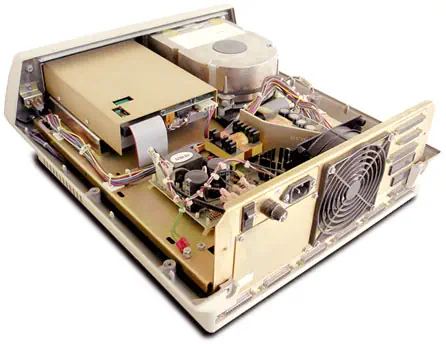
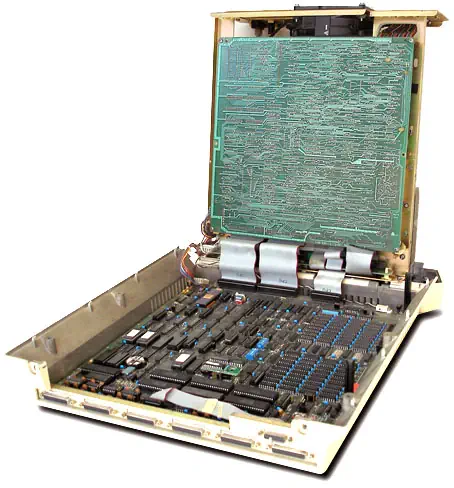

Intel 8086 CPU
The 8086 CPU from Intel is a 16-bit microprocessor and was designed between 1976 and 1978. The 8086 is the foundation of the x86 cpu architecture which is Intel's most successful line of processors.
The 8086 used the same microarchitecture as the 8-bit 8008, the 8080, and the 8085. This allowed assembly language programs to run seamlesly on the 8086. New instructions and features were added and the bus structure was designed to allow for collaboration with co-processors, such as the 8087 that was released later.
Source: WikiPedia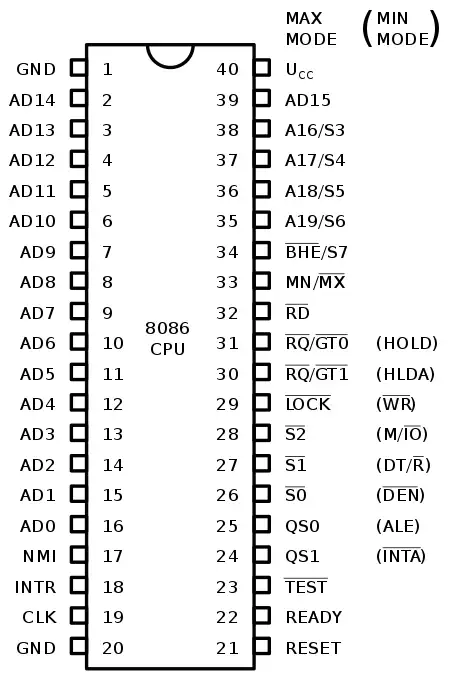
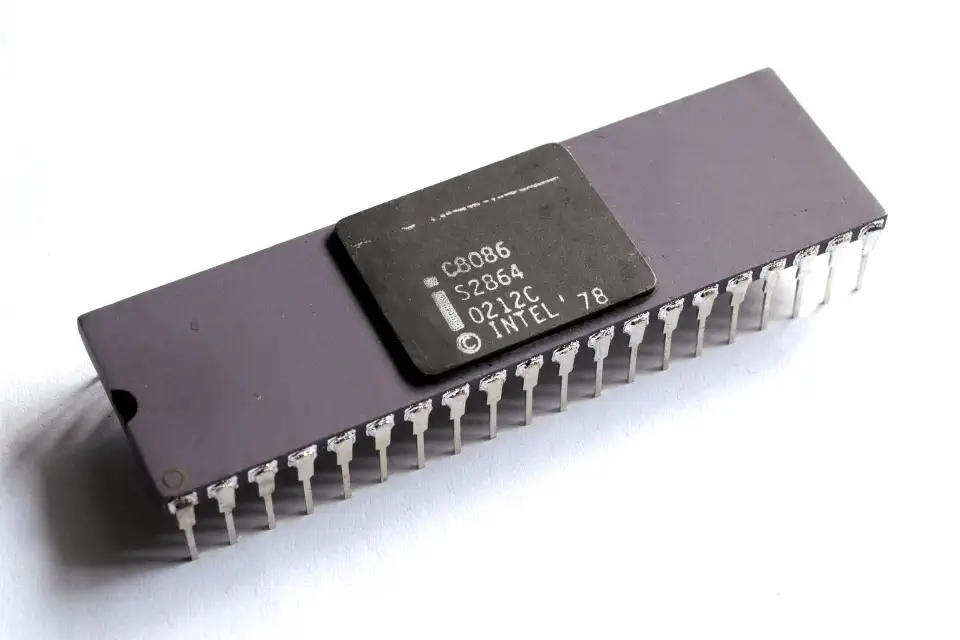
Zilog Z80 CPU Family
The Z80 quickly became popular in the personal computer market, with many early personal computers, such as the TRS-80 and Sinclair ZX80, using the Z80 as their central processing unit (CPU). It was also widely used in home computers, such as the MSX range, SORD, and the Amstrad CPC, as well as in many arcade games. Additionally, it was also used in other applications such as industrial control systems, and embedded systems. The Z80 was widely used until the mid-1980s, when it was gradually replaced by newer microprocessors such as the Intel 80286 and the Motorola 68000.
The Z80 microprocessor was developed by Zilog, a company founded by Federico Faggin in 1974. The Z80 was released in July 1976, as a successor to the Intel 8080. It was designed to be fully compatible with the 8080, but also included new features such as an improved instruction set, more powerful interrupts, and a more sophisticated memory management system.
The Z80 quickly became popular in the personal computer market, with many early personal computers, such as the TRS-80 and Sinclair ZX80, using the Z80 as their central processing unit (CPU). It was also widely used in home computers, such as the MSX range, SORD, and the Amstrad CPC, as well as in many arcade games. Additionally, it was also used in other applications such as industrial control systems, and embedded systems. The Z80 was widely used until the mid-1980s, when it was gradually replaced by newer microprocessors such as the Intel 80286 and the Motorola 68000. The design was licensed to Synertek and Mostek as well as the European SGS.
The Z80s instruction set is binary compatible with the Intel 8080, so that 8080 code such as the CP/M Operating System and Intel's PL/M compiler for the 8080 can run unmodified on the Z80. The Z80 had many enhancements over the 8080 such as 16-bit data movement instructions, block copy and block I/O instructions, single bit addressing of all registers, IX/IY offset registers, better interrupt system and a complete duplicate register file for context switching during an interrupt.
Source: WikiPedia

RAM max: 1MB Sound Chip none Sound none Display Chip none Display Text Best Color none Best Graphics Text Only Sprites none System OS Xenix Storage 5.25" Floppy Disk Drive, 10-40MB Hard Drive Original Price $7990
